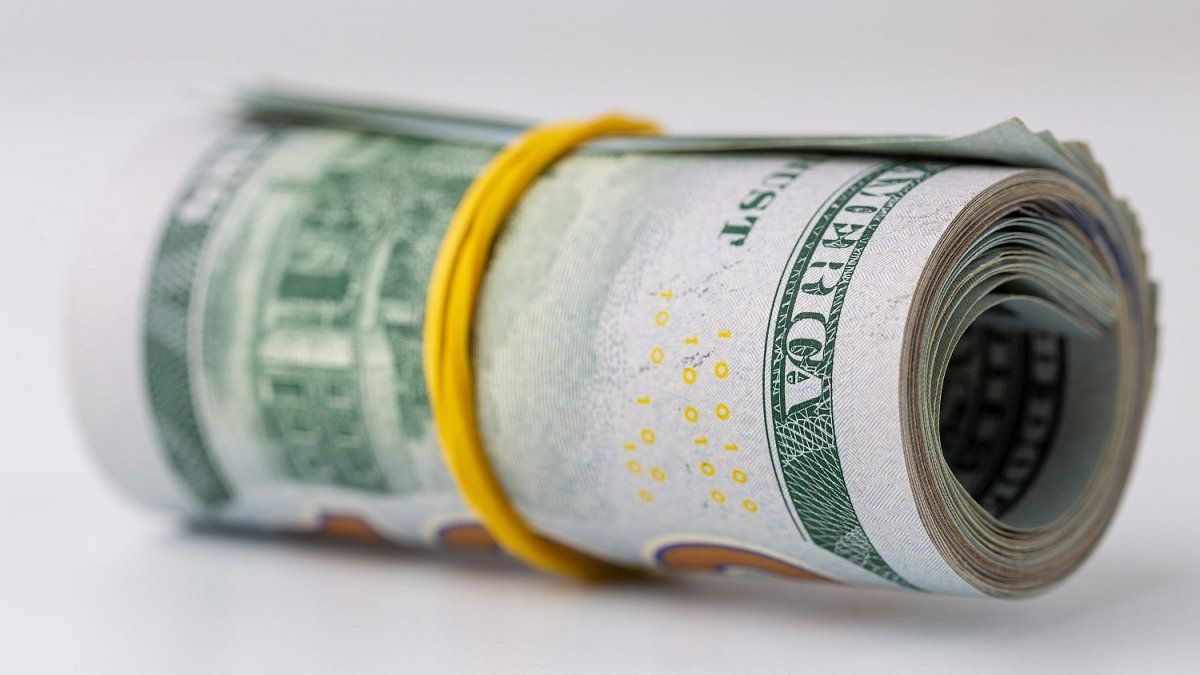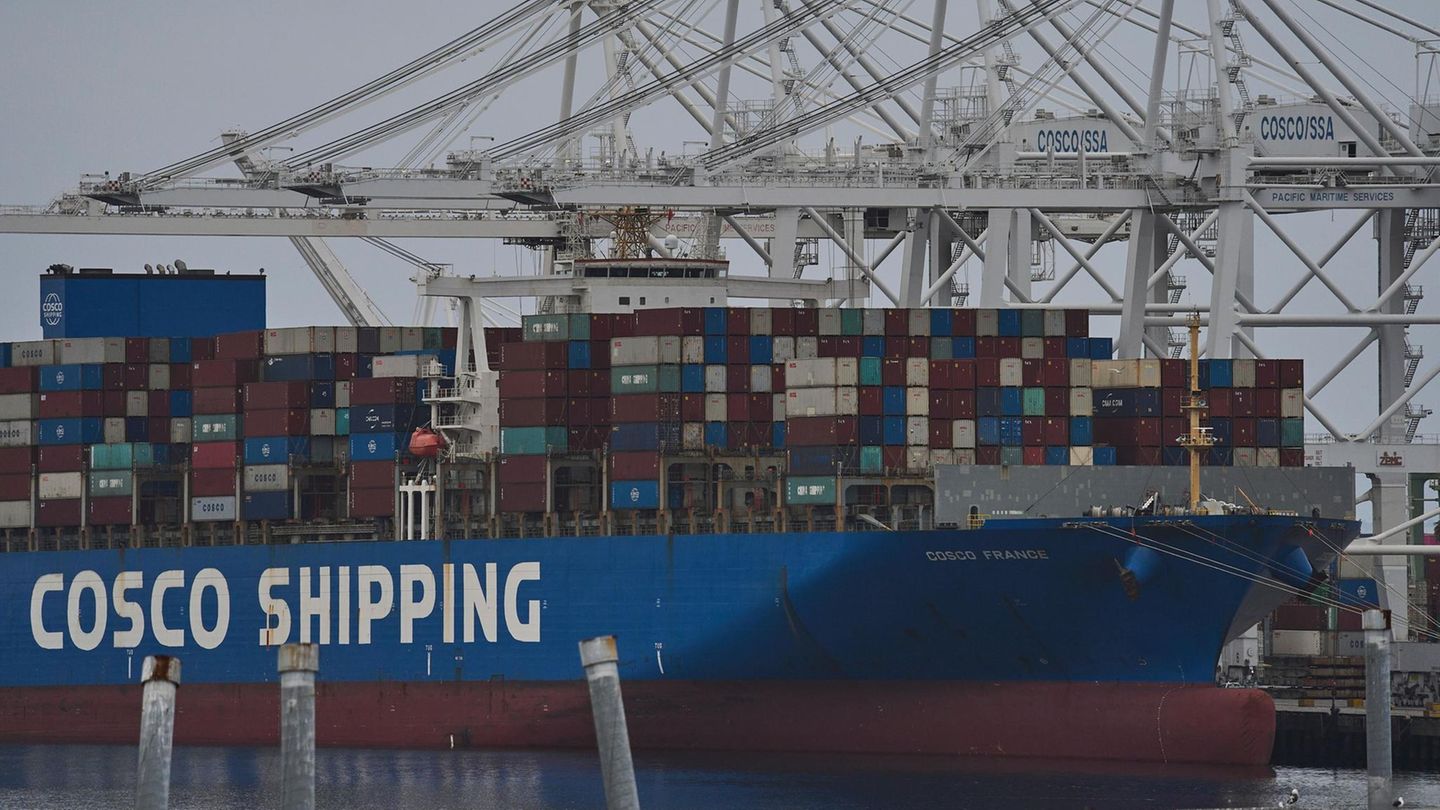. – Correct, it reached 15%, it was the ideal time to liquidate. Grain producers lived in Sergio Masa’s government with a gap greater than 100%, they voted mostly for Milei, however, when the wheat harvest came they preferred not to sell, even though the gap had narrowed.
How much is the wheat harvest?
. – They would add up to a total of 15.1 million tons, 5.5 million tons were sold, but only 3.7 million tons were priced.
What was left of soybeans and corn?
. – 6.4 million tons of soybeans and 9.4 million tons of corn remained unpriced. However, the producer did not take advantage of this price increase to sell, preferring to hold in a scenario of uncertainty.
Did the one who didn’t sell miss a great opportunity?
. – Unrepeatable in the short and medium term, we do not see the gap returning to 15% levels soon.
Is the rise in the wholesale dollar of 2.0% monthly very low?
. – I think there are many people here who speak without knowing. Let’s go to the data, the wholesale dollar closed December at $808.5, which implied an increase of 356.4% for the year. Inflation in the last 12 months would be 220%. This means that the government devalued in advance so that exporters could liquidate dollars, however, they stayed looking at the monthly update and not the increase in the last 12 months.
Are we going to measure it in 24 months?
. – In 24 months, the rise in the wholesale dollar was 687%, and inflation in the last 2 years was 504.4%. This tells us that the exchange rate rose more than inflation.
Are we going to measure it in 36 months?
. – You are unbearable. In 36 months, the wholesale dollar rose 861.0%, and inflation in the last 3 years rose 812.2%.
So you had to sell
. – We had to sell, and we have to sell because you still beat inflation by far.
You told me about 3 gaps, and you only commented on one.
. – The second gap is the one that exists between the import dollar and the CCL dollar, The import dollar is $954.4 and the CCL dollar is $1,140.4, this implies a gap of 19.5%.
Is it a low gap?
. – Correct, that is why importers do not want to buy the Bopreal voucher. It is a bond that when they buy it they are left with the money immobilized and cannot pay their supplier, however if they buy a CCL dollar they pay the supplier, and only validate a gap of 19.5%.
But are they sanctioned?
. – Correct, they have sanctions, but many have preferred those sanctions to having claims from abroad with the possibility of not restarting business in the future due to late payment.
Bopreal was not an ideal bonus
. – Not at all, even the name is ugly. I don’t think it will be successful.
Let’s go to the third gap
. – It is the gap between the blue dollar and the wholesale dollar. The blue dollar ended at $1,025, it does not rise at the rate of the MEP and CCL dollars, it is offered due to the need for money of economic agents. We compare the gap of the blue dollar with the value of the wholesale dollar at $812.25, this gives us a gap of 26.2% which seems low if we take into account that months ago it was above 100%.
How is it going for the future?
. – The gap is increasing, fixed-term deposits yield 110% annually, versus inflation that will be around those levels only between January and April, the purchasing power of fixed-term deposits is going to melt. There is no financial culture that makes those who are invested in a fixed term go out and buy bonds, there will be an increasingly important shift from a fixed term to dollars.
How are our reservations?
. – Reserves are growing, more exports are being liquidated, and imports are being postponed. Reserves as of Friday total US$24.12 billion, and monetary liabilities total $38.6 billion. The reserves will soon fall by US$ 3,200 million because the treasury will issue a bill to the Central Bank for said amount, to face payment of bond income and other obligations, with which the reserves would drop to US$ 21,000 million. This implies that the equilibrium dollar would be very high, with a blue dollar at $1.025 we are at a bargain price.
Do you see dollars rising in the future?
. – Of course yes, the government cannot continue with an export dollar where 20% is liquidated outside the orbit of the Central Bank, when this happens nothing will stop the rise of the dollar.
Are you very negative?
. – We are analyzing data. The government is making an adjustment that runs at the speed of a hare, fuel prices rise and have an immediate impact on prices. In order to counteract this adjustment, more investment is needed. Congress has not yet begun to discuss the DNU and the omnibus law. As if this were not enough, the CGT calls for a strike. None of this helps the investment, which at this point is going at the speed of a tortoise.
So?
. – The government does not have the tools to boost investment because laws are needed to do so and Congress is paralyzed.
Who is responsible?
. – We are doing an economic analysis, I would prefer that the laws were approved yesterday, but if this does not happen I have to do a day-to-day analysis. With these delays the dollar will become spicy for the remainder of the summer.
Conclusions
. – There is no genuine financing in sight for the country, there will be no disbursement from the IMF and the money from the Arab countries does not appear. We do not see a scenario of rising reserves.
. – Monetary liabilities are high and will remain high, since there are no instruments to absorb them. Bopreal does not work, and without income of genuine dollars it is impossible to sterilize pesos.
. – It would seem that the way is to liquefy the stock of debt of the Central Bank, that is why we see that fixed-term deposits in pesos have not grown for months, that fixed-term deposits adjusted by CER are rising, and that there is a flow of pesos that seeks refuge in dollars. From the fixed term to the MEP dollar without stops.
. – The bond market remains firm, on Tuesday the sovereign bonds pay rent, of the total they pay, US$ 1.1 billion will go into private hands, we do not see them being reinvested in the market. The bonds are facing possible profit taking.
. – Many investors took refuge by buying Negotiable Obligations that are at record price levels.
. – The linked dollar bonds became in demand again, today TV24, which is the bond that adjusts for the wholesale dollar, is at a dollar of $823 when the wholesale dollar is at $812.25. The same happens with dual bonds that are more expensive than the wholesale dollar.
. – The bonds in pesos that adjust for inflation are all with negative rates, nothing to recommend in this scenario.
. – All roads lead to the dollar, the best short-term refuge, in the face of economic uncertainty and the noises that come from politics.
Source: Ambito
I am a 24-year-old writer and journalist who has been working in the news industry for the past two years. I write primarily about market news, so if you’re looking for insights into what’s going on in the stock market or economic indicators, you’ve come to the right place. I also dabble in writing articles on lifestyle trends and pop culture news.




